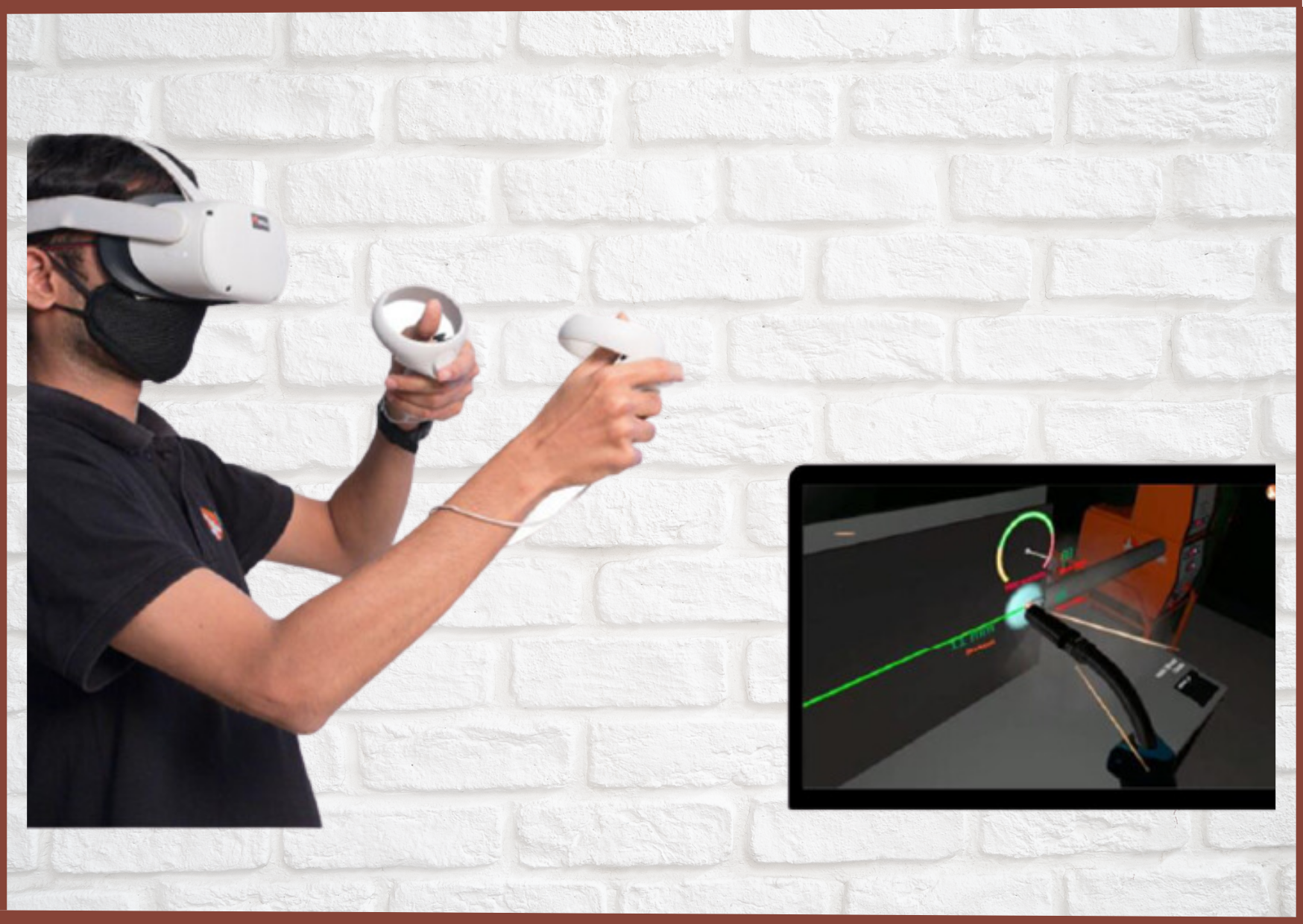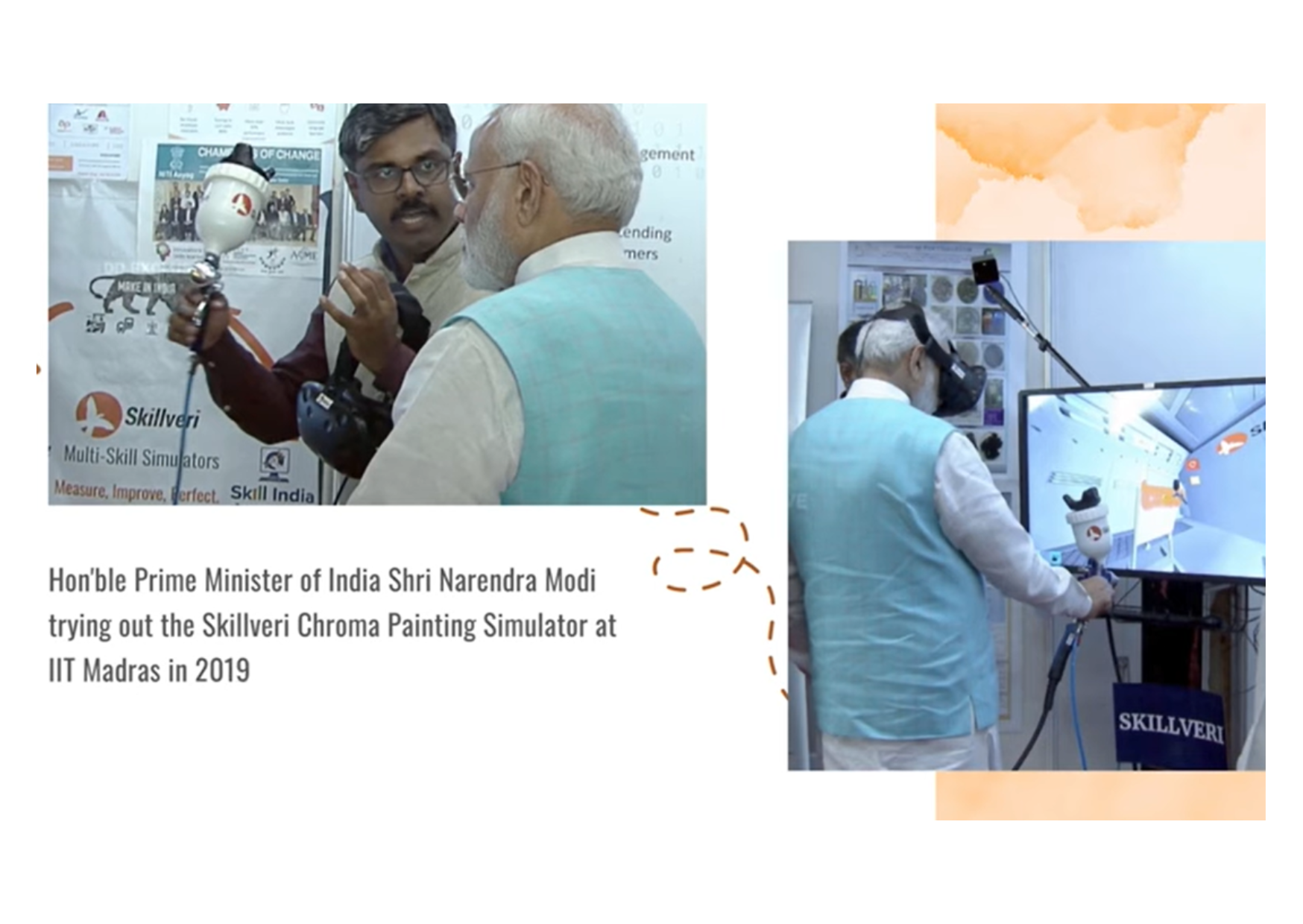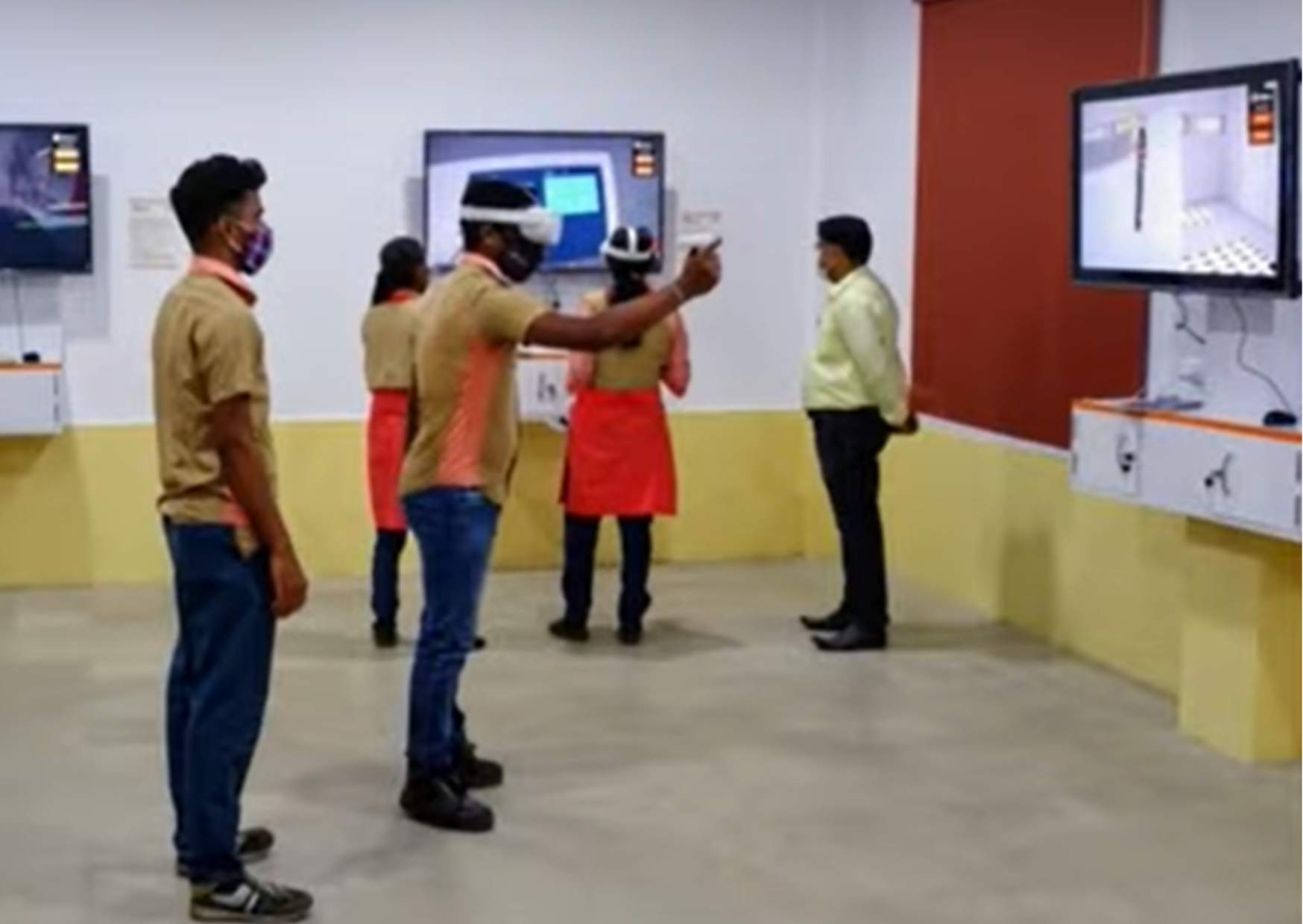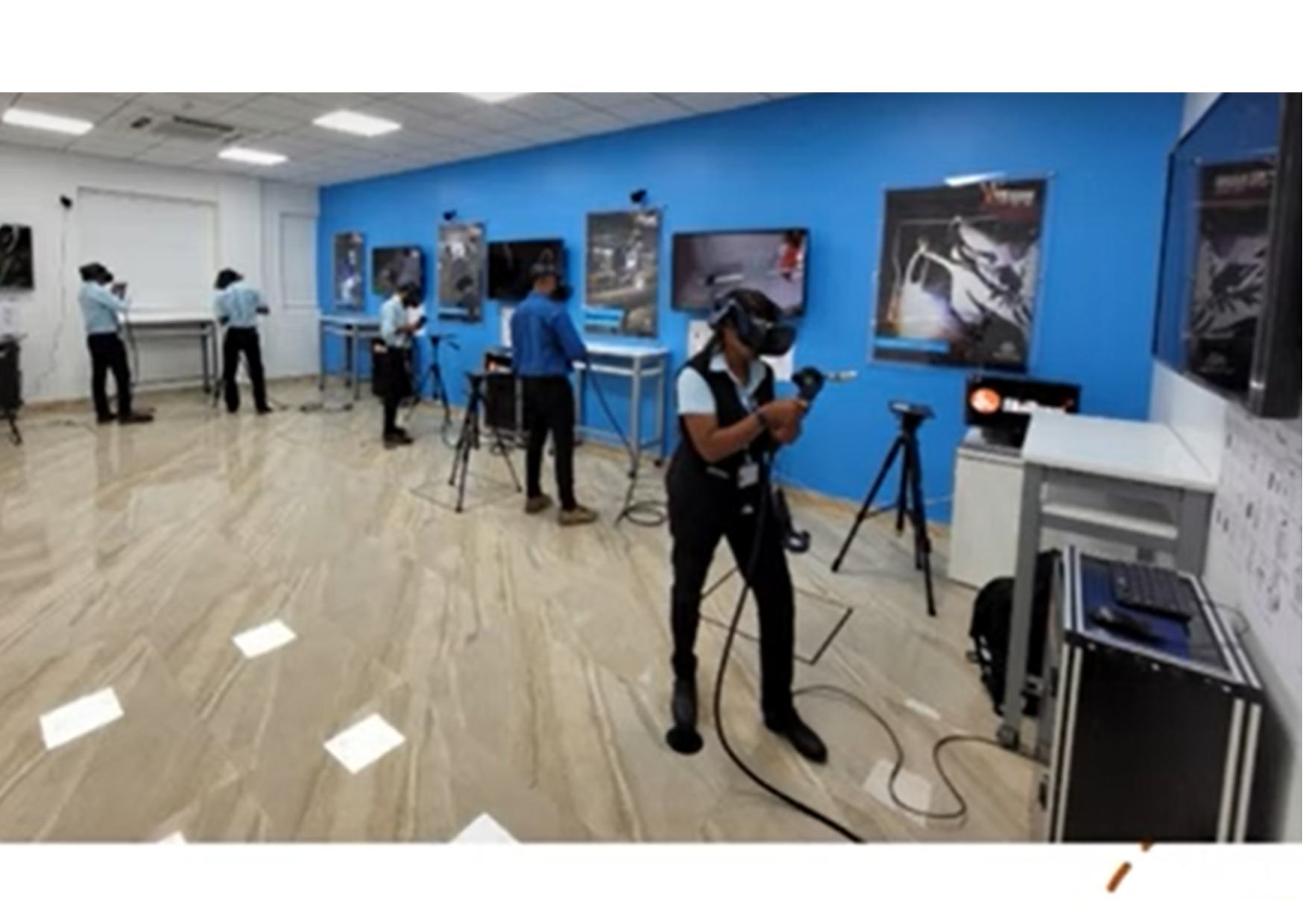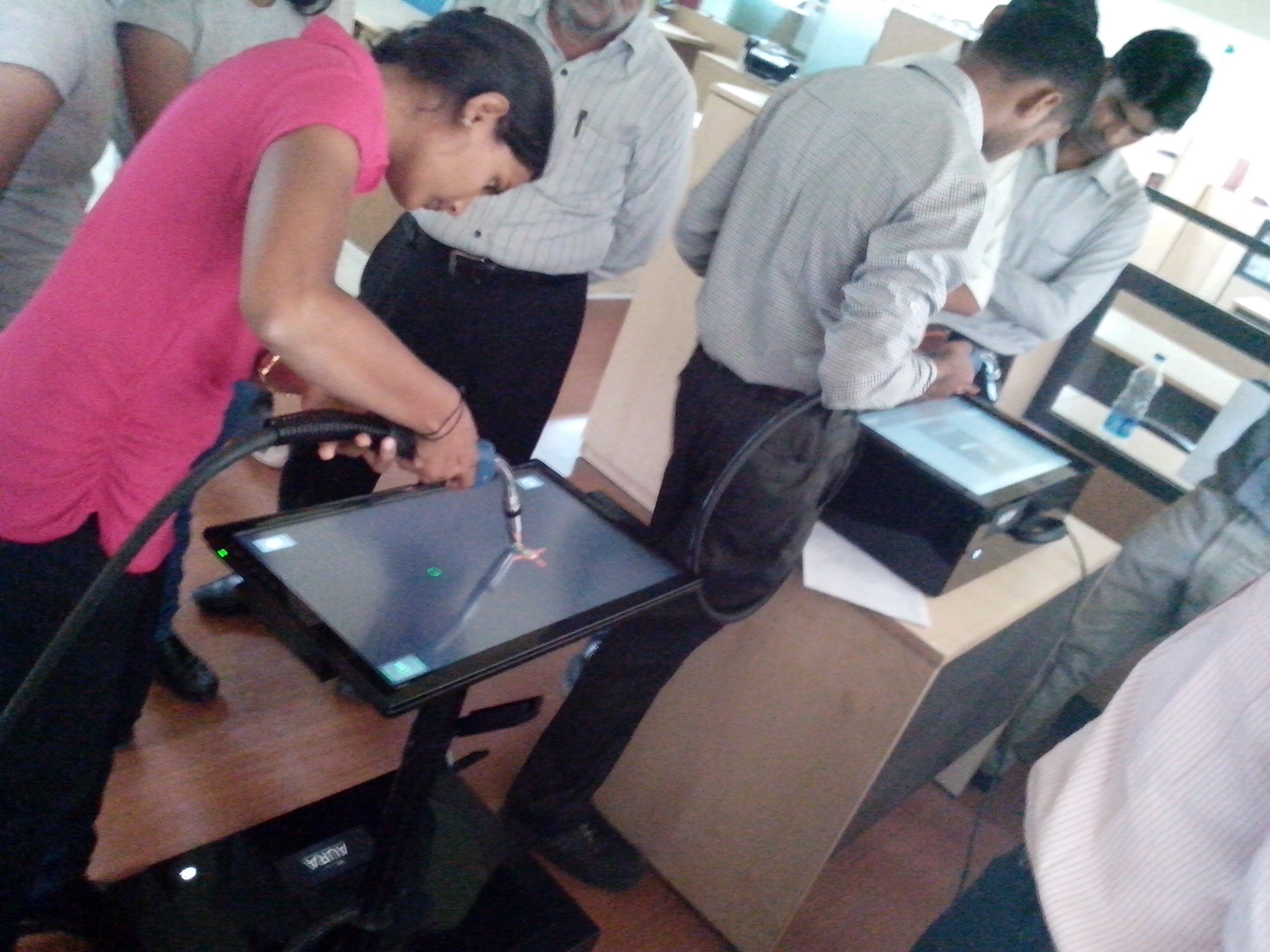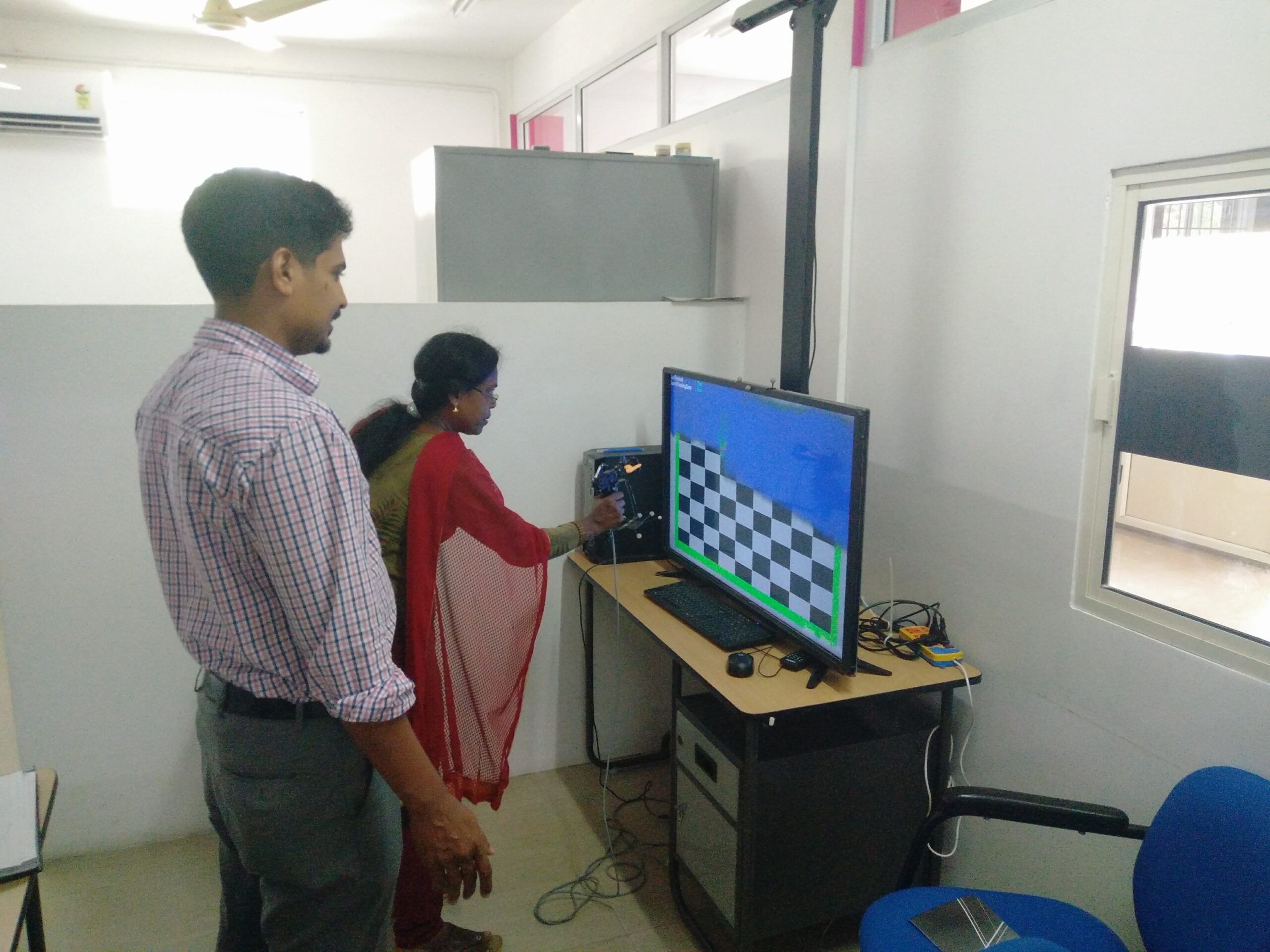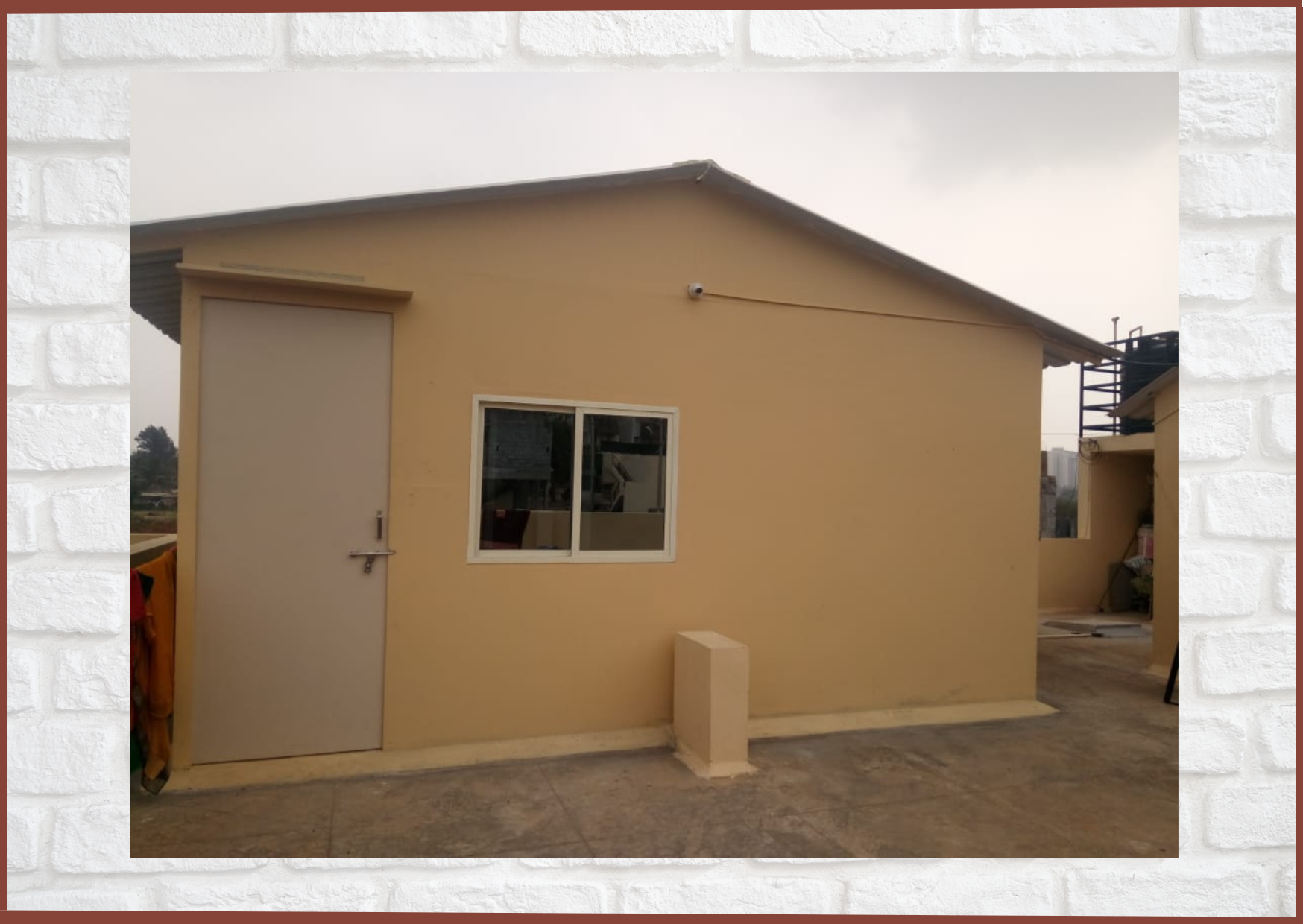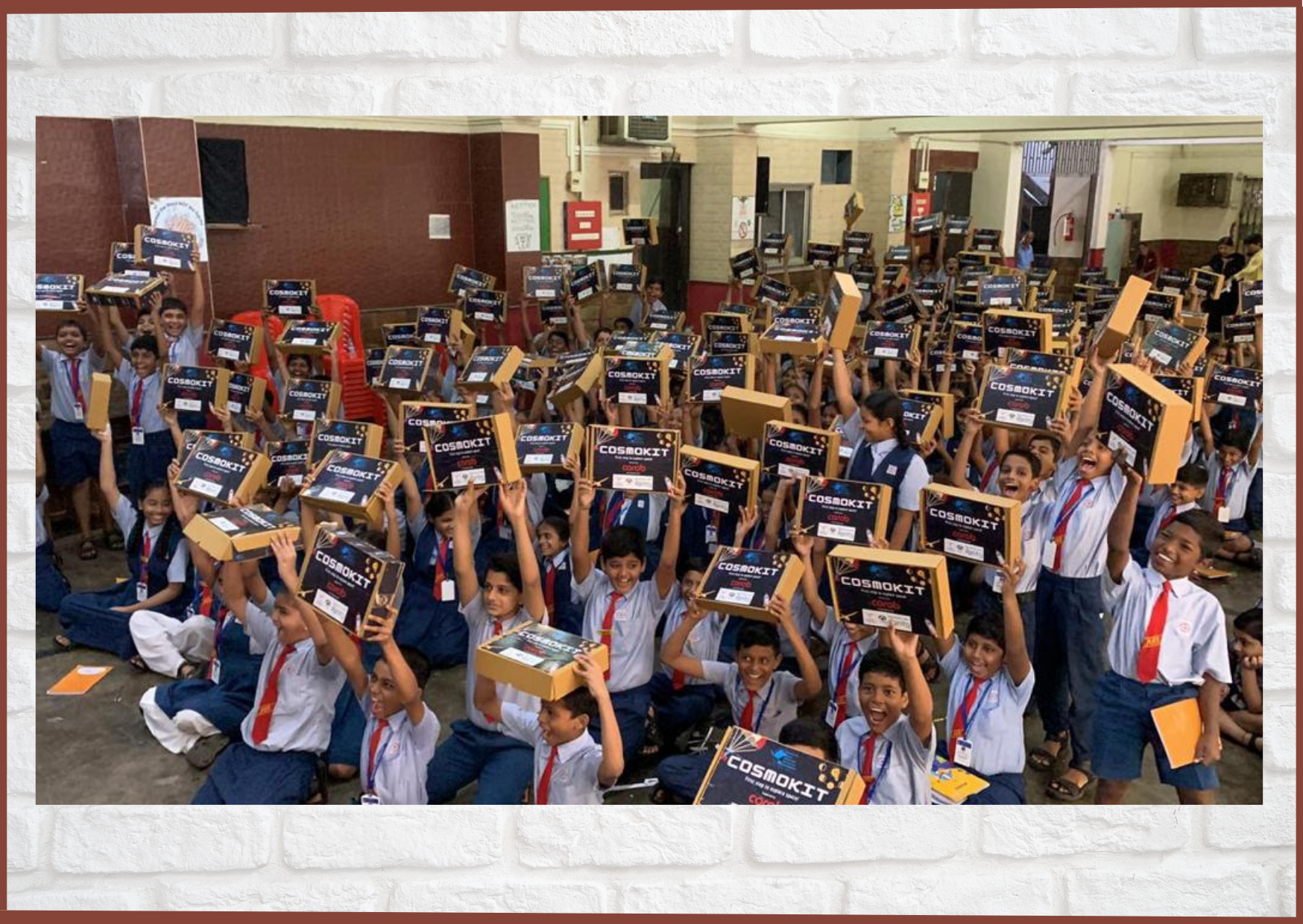Virtual Reality enabled skilling solutions in low-income colleges
- Who is the Solution For?
- Under-served Community where this solution can be Deployed
- Sustainability of the Solution
- Expected Outcome of the Solution
Who is the Solution For?
Youth, Women, Persons of the Third gender, persons with mild disabilities
Under-served Community where this solution can be Deployed
ITI colleges, Low income engineering and technical training colleges, women in low-income communities
Sustainability of the Solution
The simulation provides additional benefits like ability to understand mistakes and their impact on the output quality. Moreover, the “simulator integrated” method of training is eco-friendly and also saves a lot of costs on consumables. Simulators also reduce the training time needed to perfect the skill, making it possible to train a much larger number of students in a given time frame.
1. Self Implementation models
- Corporates can set up training centers in catchments of youth where there is a high need for training. Example: rural areas, tier-2, tier-3 cities, urban slums etc
- Corporates can also set up skilling centers in their factory/company premise. This can help youth get skilled simultaneously in the simulation labs as well as get an exposure to factory set-up and employability skills.
2. Implementing agency model
Corporates can also implement the game changing training model through implementation agencies in the following ways.
- Corporates could work with skilling NGOs that they are already engaged with and introduce the VR-enabled training solutions as a revolutionized way of implementing the project. The advantage in this is that the NGO would already have mobilization capability, operations capability and placement integration. Most importantly, the NGO would have built credibility with the corporate and hence ease of operation is higher.
- Corporates could also sponsor the set up of the skilling labs in an ITI or a government college in their geography of focus.
Expected Outcome of the Solution
- Drastic reduction in cost of skilling as compared to traditional methods.
- Efficient transfer of skills.
- Better evaluation of performance of the learner.
- Gender inclusion in trades like welding, painting etc which are predominantly male-dominated.

